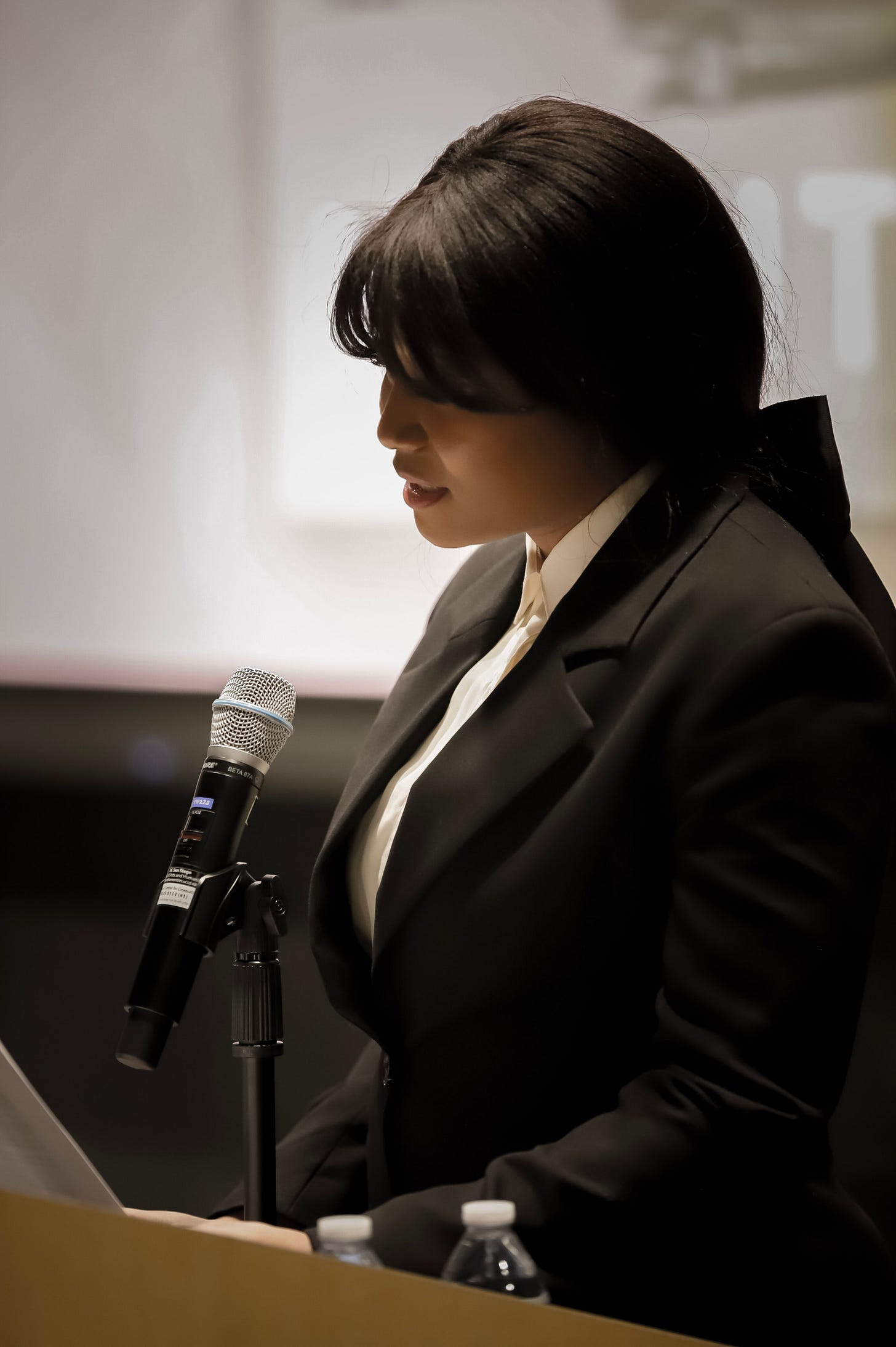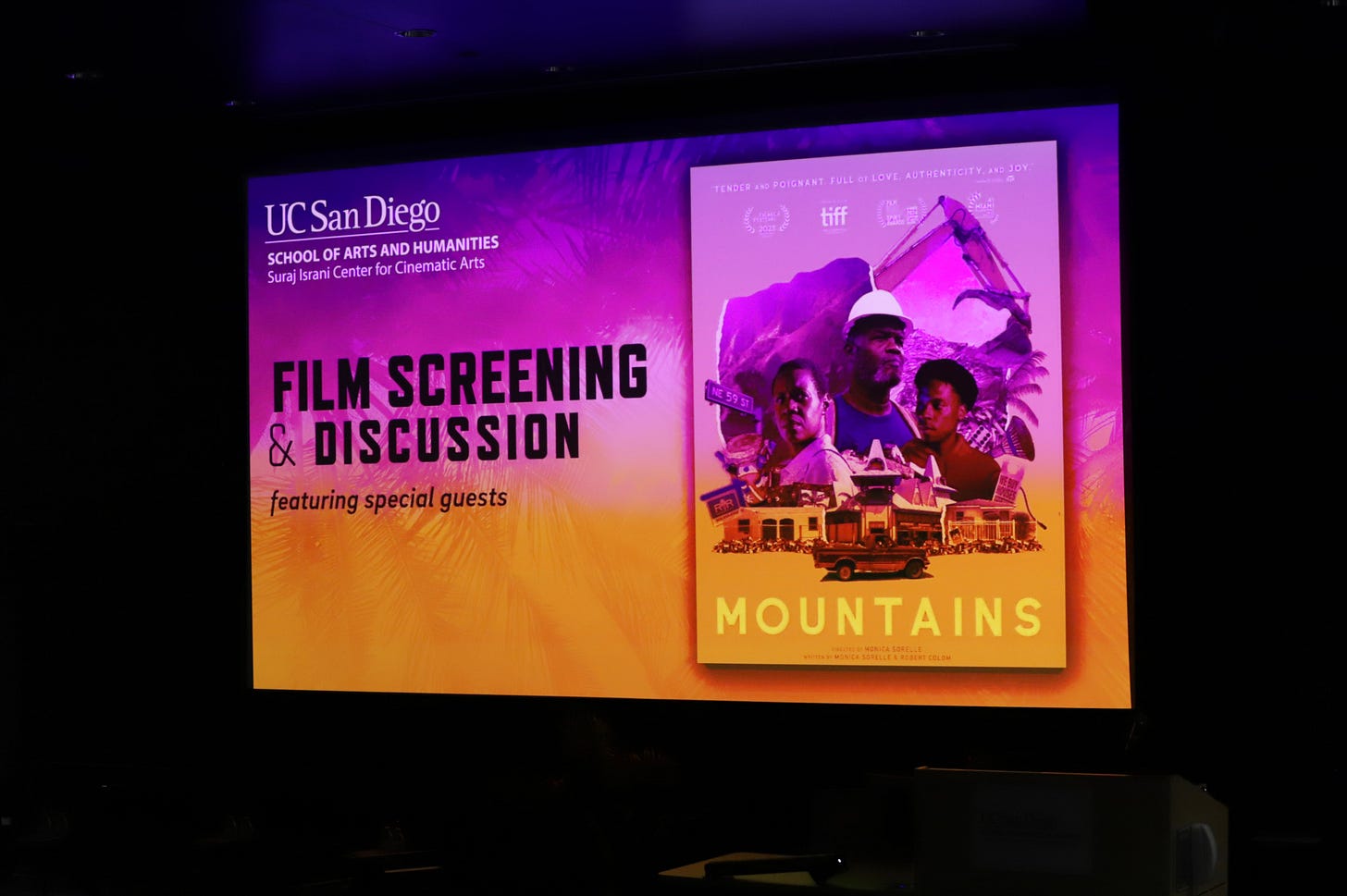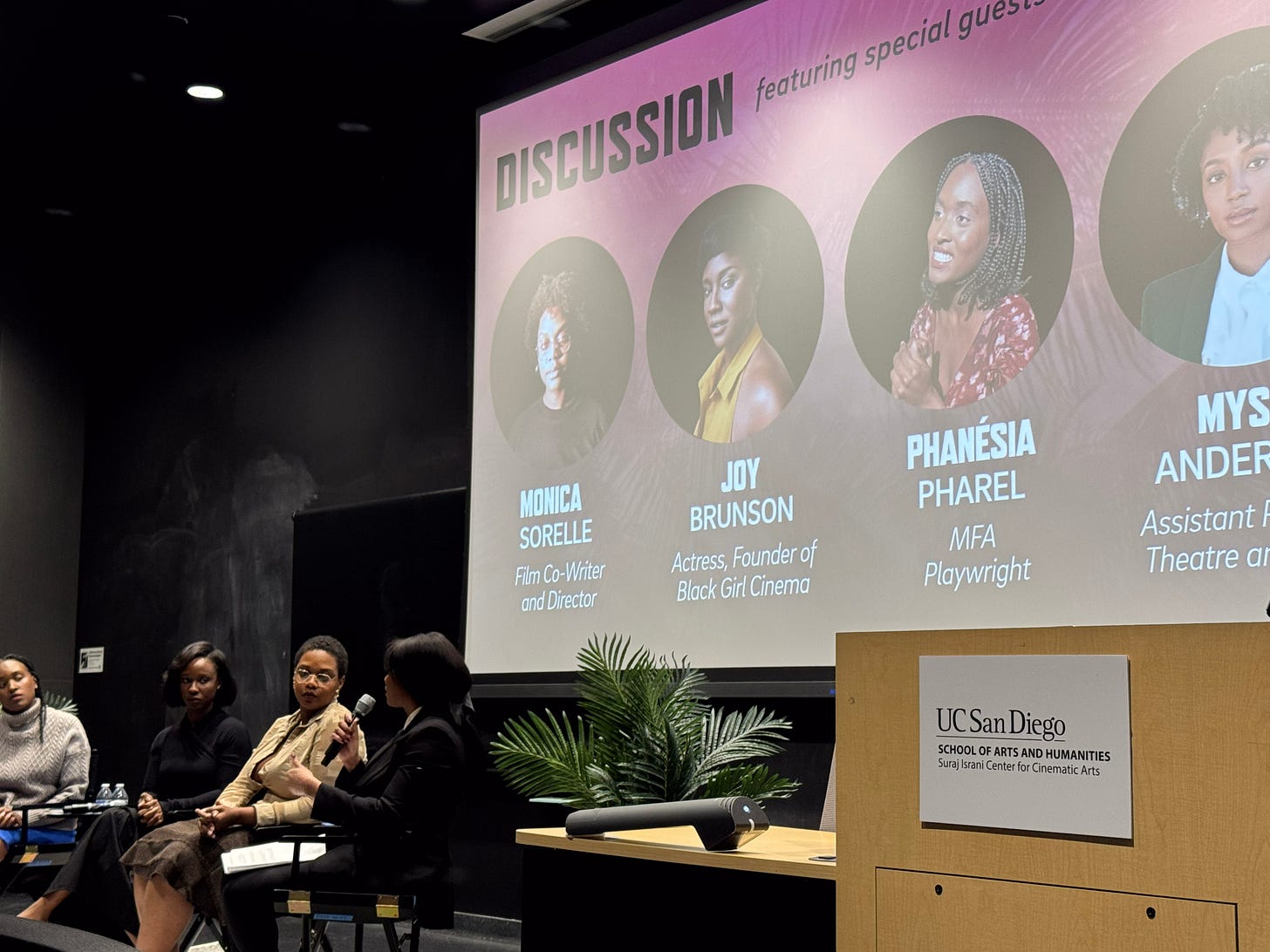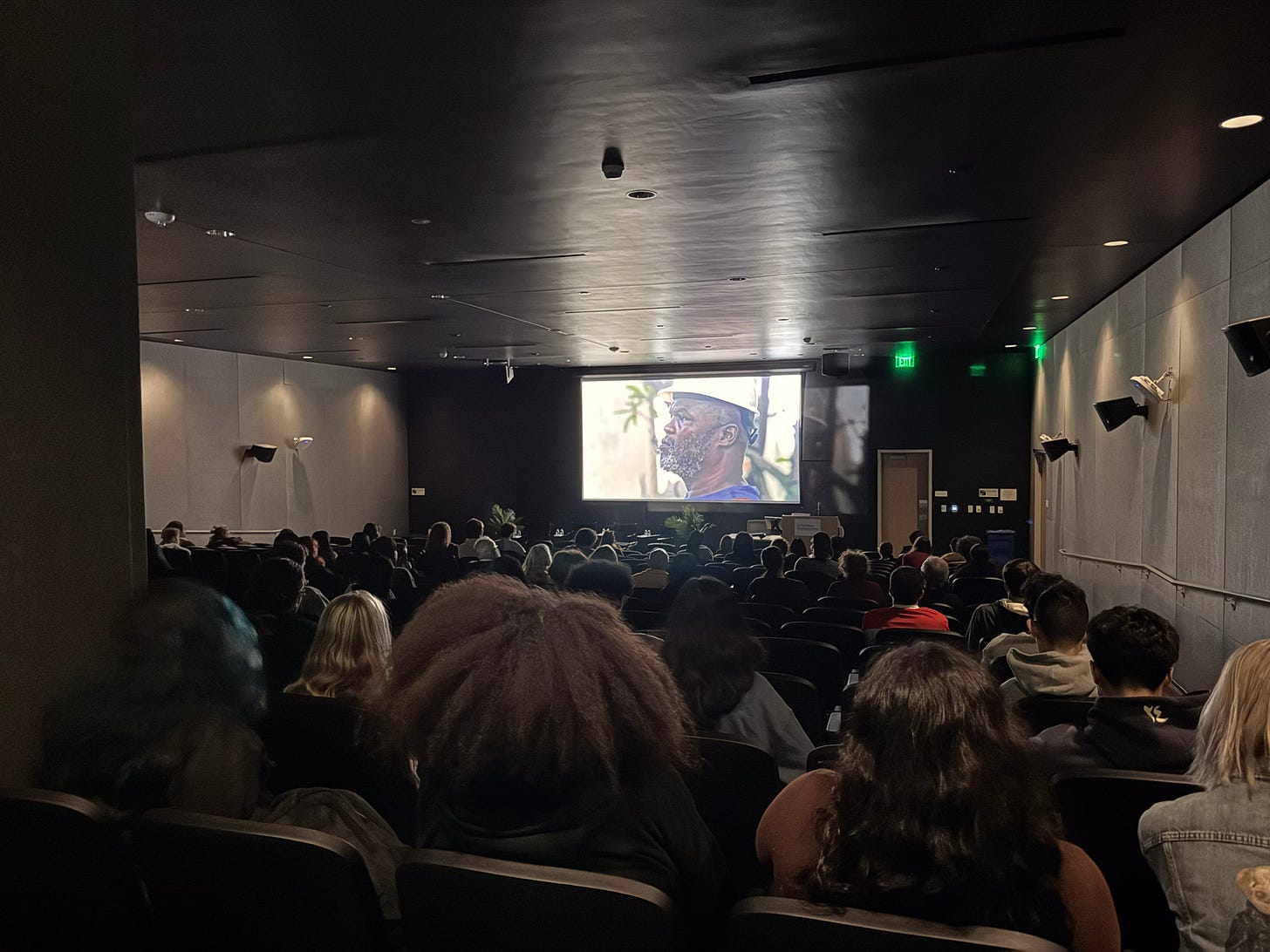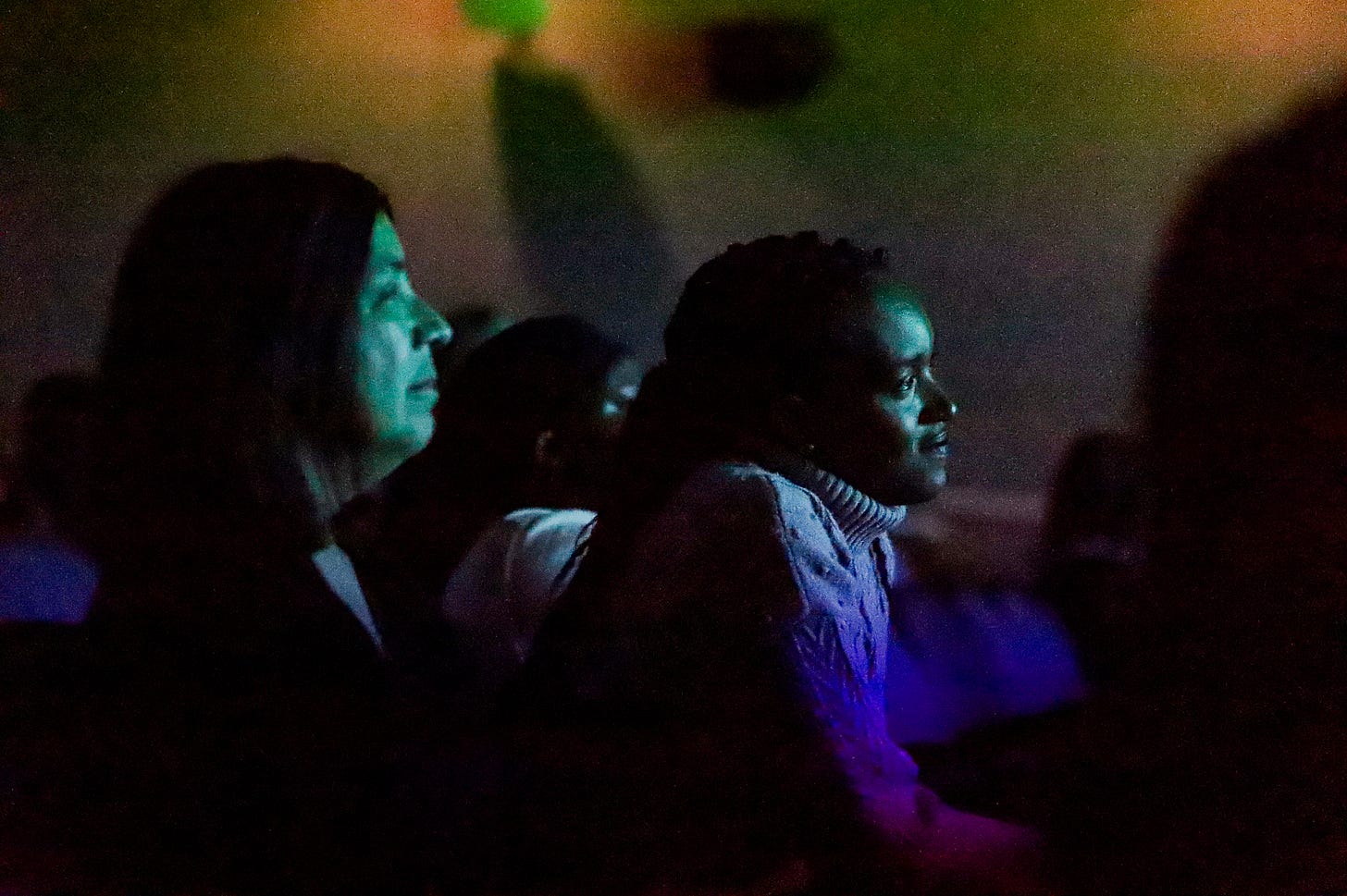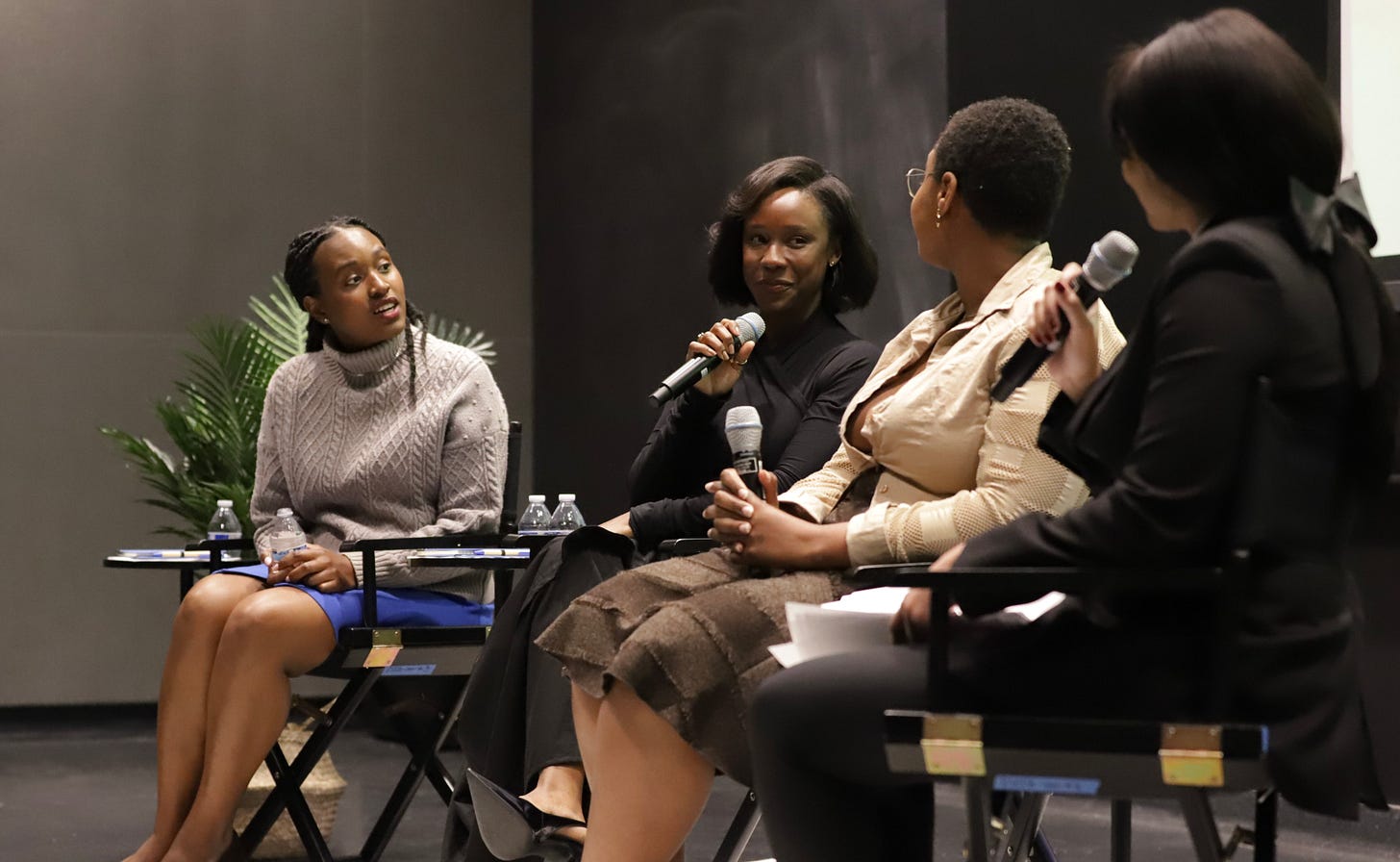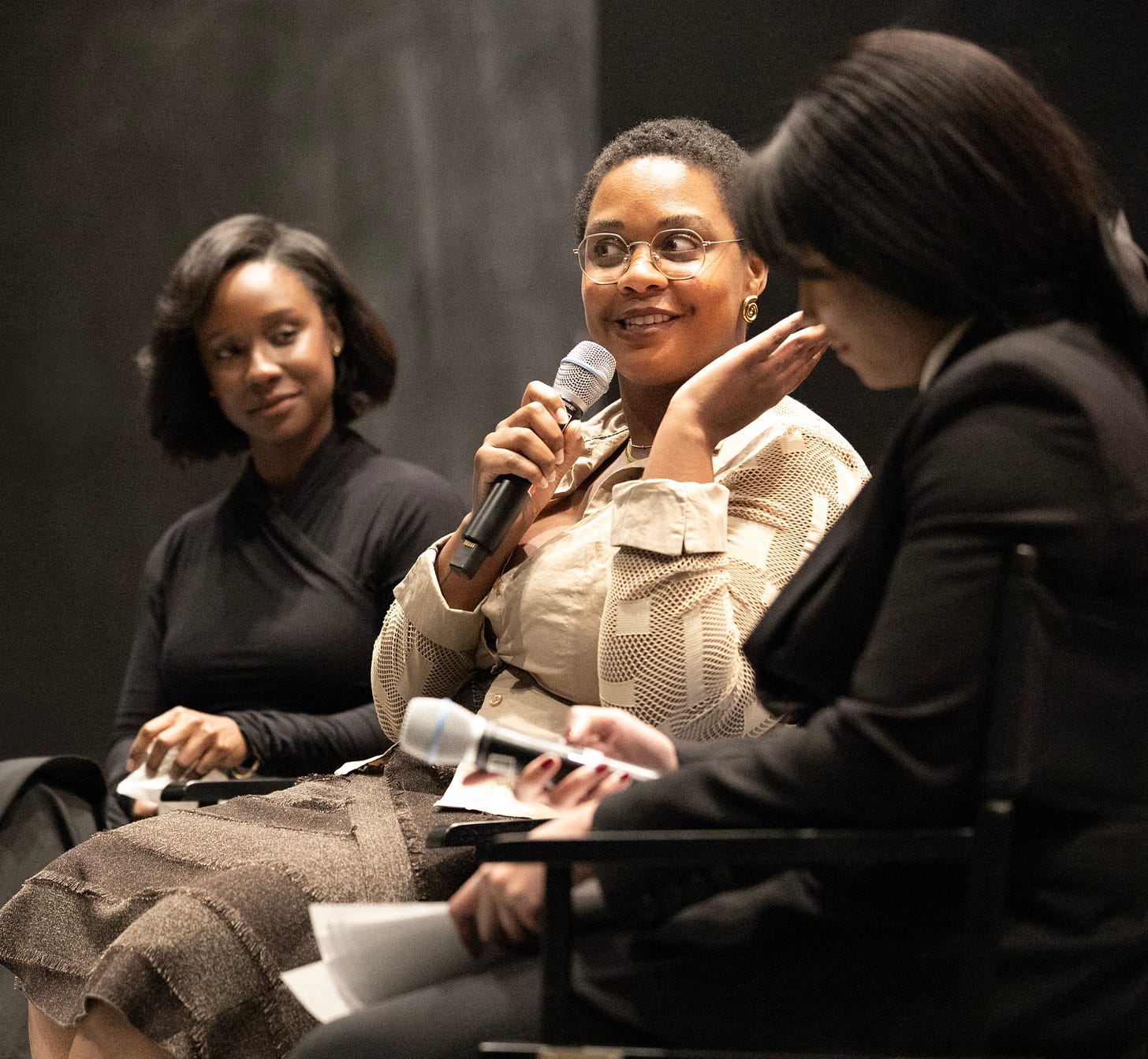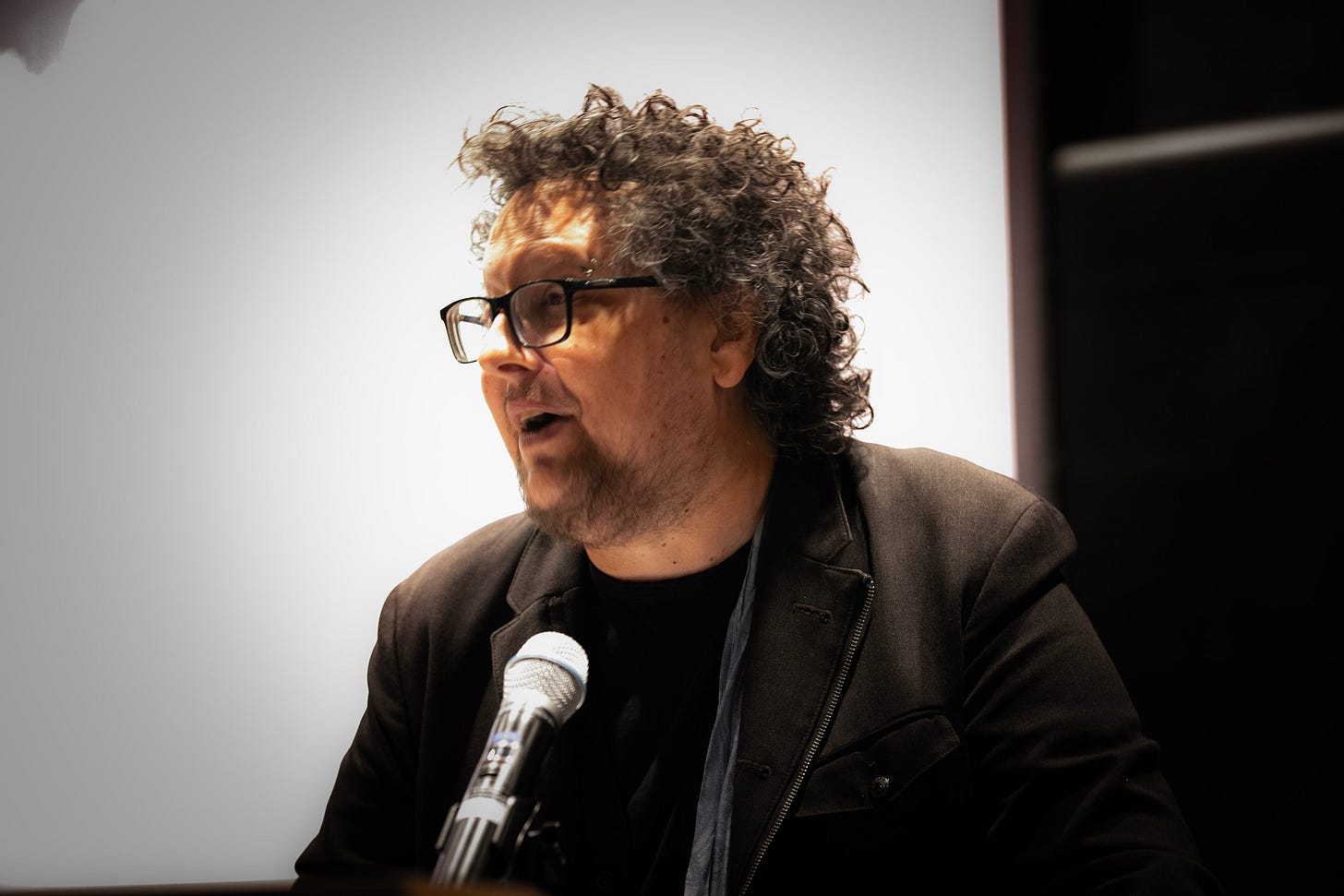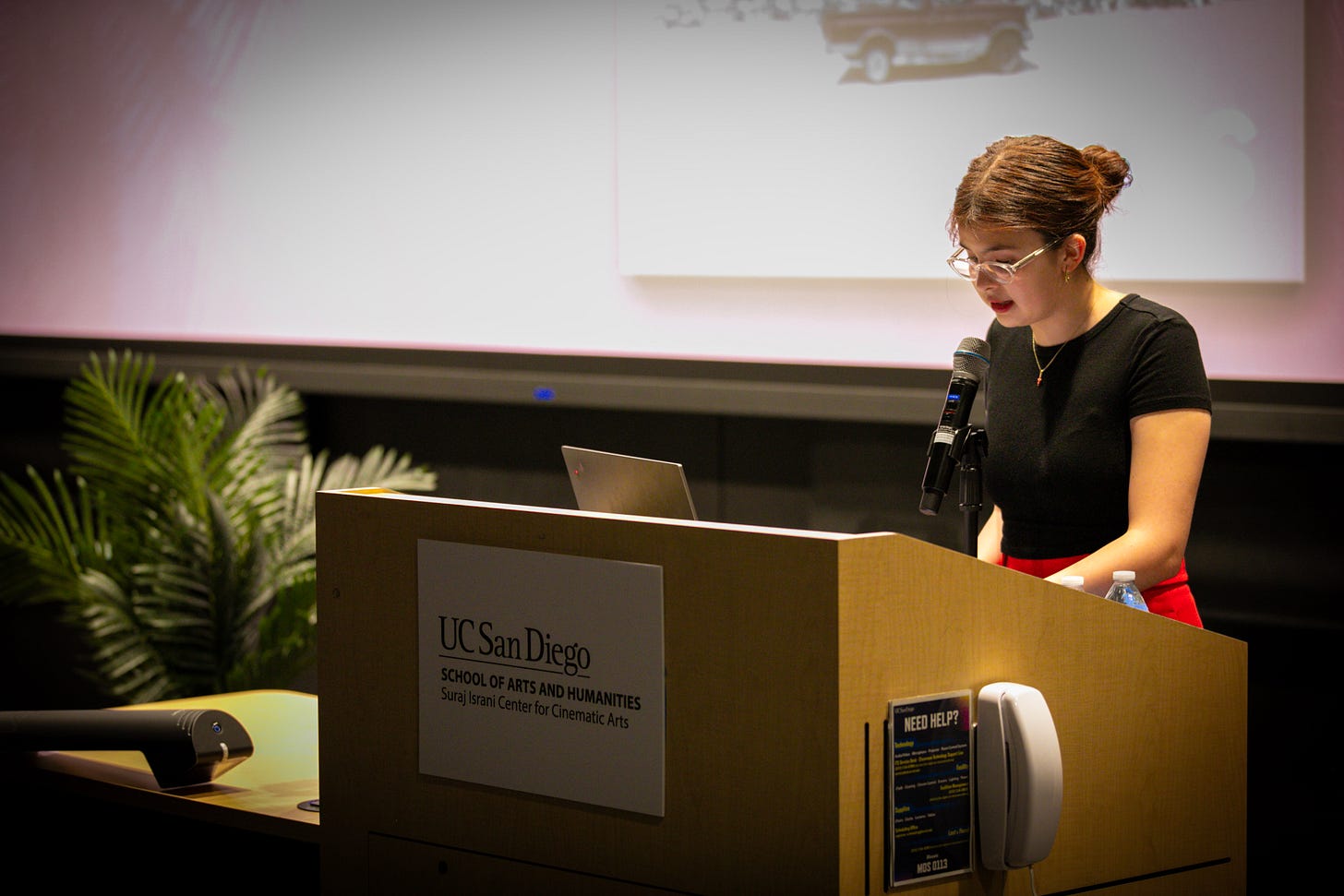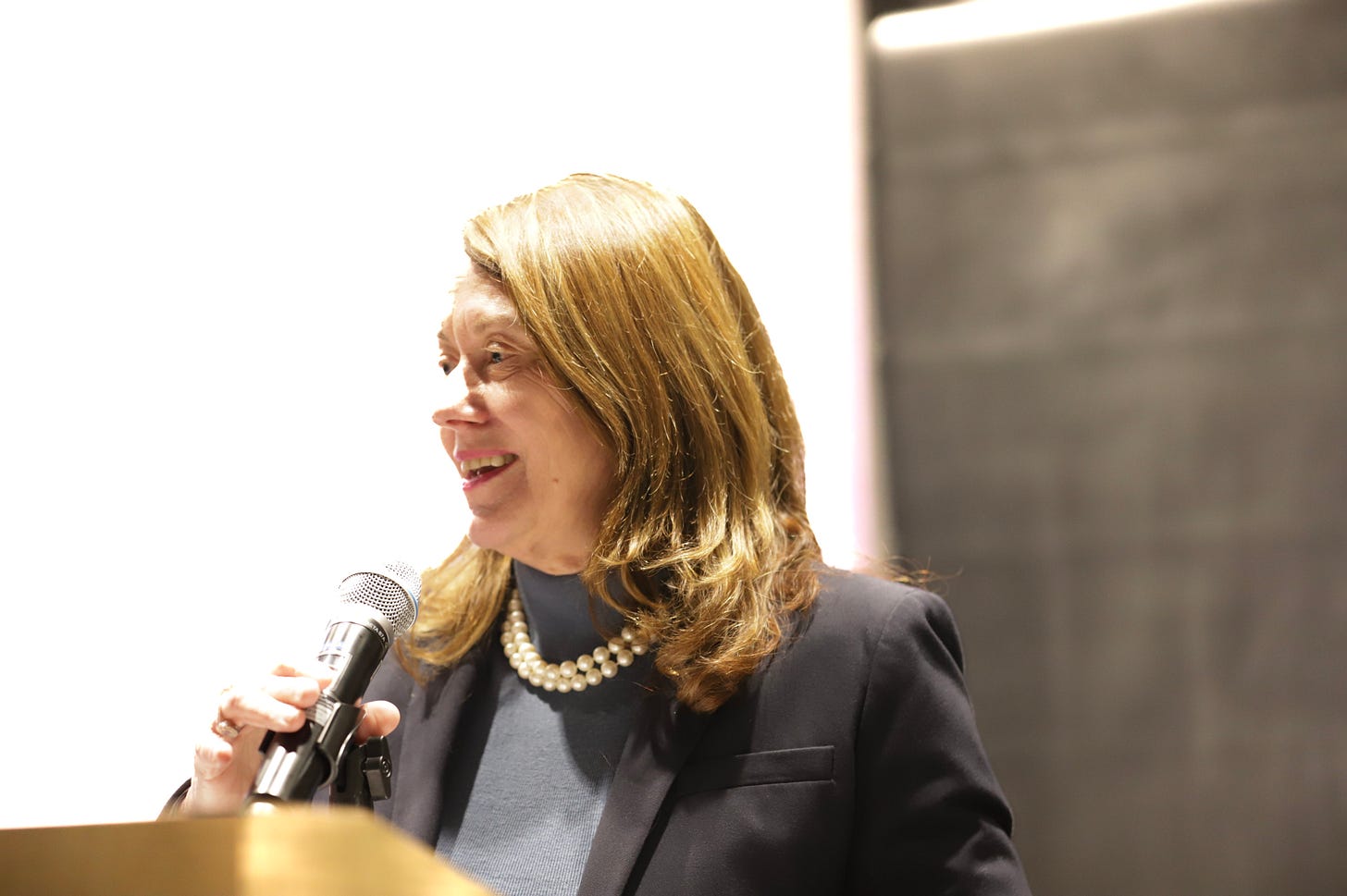Newsletter 21: Picturing Paradise, Confronting Displacement
Last quarter, I had the opportunity to teach and curate a general education course called “Picturing Paradise: Miami on Film.” We interrogated how the city is constructed both as a multicultural paradise and as a space marked by cultural, racial, ethnic, and economic tensions. The course explored almost every film and television portrayal I could find about a city that seems to evade a sustained artistic universe across time.
There have been a plethora of films and television shows set in New York and Los Angeles throughout decades with a range of perspectives capturing an essence that feels tangible and recognizable to the embodied experience of being in a city with contextual layers. Miami? Not nearly enough to capture a place reflecting what Donette Francis terms as the “Hemispheric South”—teeming with languages, cultural forms, movement, wildlife, fashion, and drama.
During the course, we explored a range of films and documentaries alongside critical readings that unpack Miami’s identity as a site of ambition, resistance, and reinvention. Roughly 150 students enrolled in this journey through the genres of narcomedia, documentary film, historical fiction, art deco comedy, and poetic narrative. Here’s a sneak peek of what we viewed:
Bad Boys for Life (2020)
Black Miami: A History (2016)
Cocaine Cowboys: The Kings of Miami (2021)
Deep City: The Birth of the Miami Sound (2014)
Liberty (2019)
Miami Vice Episode 1 (1984)
Moonlight (2016)
Mountains (2023)
One Night in Miami (2020)
Pain & Gain (2013)
Rap Sh!t (2022) – Episode 1
Razing Liberty Square (2017)
Scarface (1983)
The Birdcage (1996)
The U (2009)
Third Trinity (2019)
Wade in the Water: Drowning in Racism (2021)
Warriors of Liberty City (2018)
Students engaged with weekly screenings and discussions centered on themes such as race and gender, displacement and gentrification, cultural resilience, and the intersection of art and activism. Their assignments included quizzes, reflective essays, and a final project in which they all created a three-minute film depicting a paradise of their choice.
Together, we grappled with key questions: What makes a place a paradise, and for whom? How do cinematic portrayals shape our understanding of urban spaces and the lives within them? Although our journey was at times an affective tonal whiplash, it culminated with a public event that showcased the Monica Sorelle’s award-winning film, Mountains.
Miami’s image as a paradise was intentionally crafted by developers eager to market the city—positioning it, within both the U.S. South and the Greater Caribbean, as an American dreamscape. Yet, from its inception, this vision has been troubled by Jim Crow segregation, racial violence, successive waves of migration, and ongoing environmental challenges. Today, Miami is simultaneously labeled "ground zero" for climate change while experiencing unprecedented economic growth and population influx. This contradiction underscores a deeper, more complex reality—one that Mountains powerfully brings into focus.
The film immerses us in media res—within the shifting landscape of Little Haiti, where a Haitian and Haitian-American family struggles against the pressures of gentrification. As scholar Tatiana McInnis notes in To Tell a Black Story of Miami,
“The experiences of Haitians and Haitian Americans in South Florida, the site of the largest diasporic Haitian population, index the compounding reverberations of this haunting, looming large in the (mis)treatment of émigres across generations and socioeconomic and political strata. Repatriation, detention, high rates of unemployment, health crises, and gentrification have structured many experiences and representations of Haitianness in the U.S.” (51).
Despite these challenges, Haitian people have played a vital role in shaping Miami’s cultural, economic, and political landscape—transforming everything from local governance to music, art, and cuisine. Little Haiti has been an epicenter of this influence, yet it has also become a prime target for gentrification due to its coveted high elevation. As Marta Gierczyk points out in Magic City Killjoys: Women Organizers, Gentrification, and the Politics of Multiculturalism in Little Haiti, developers have commodified the very cultural richness that Haitian communities have cultivated, using appropriation as a marketing tool to drive displacement.
Mountains engages with all of this and more. In her directorial debut, Monica Sorelle has crafted a film that is both an intimate family portrait and a meditation on change, loss, and survival. With tenderness and depth, she captures the power of love, memory, and the weight of an uncertain future, where stability feels increasingly out of reach.
Following the screening, I moderated a talkback with Monica Sorelle and two special guests: Black Miami native, actress, and founder of Black Girl Cinema Club, Joy Brunson and Haitian-American playwright and Black Miami native, Phanésia Pharel, a Playwriting MFA student at UCSD. Together, we responded to this feast of a film and mapped our individual Black Miami worlds for a captive audience.
I’m so grateful for all the support given by the Suraj Israni Center for Cinematic Arts and its donors, inaugural faculty director Michael Trigilio, Dean Cristina Della Coletta, Program and Public Relations Analyst Joelle Fusaro, Assistant Dean Anthony King, my phenomenal student speaker Renata Zaragoza Paredes, my brilliant co-panelists, and my unforgettable class.
If you haven’t seen Mountains, please check it out!
Photography credit: Joelle Fusaro
Art I Can’t Stop Thinking About:
Catch me next month in:
REFUSE IT: A BLACK WOMAN’S GUIDE TO 21ST CENTURY RAGE
Written by Phanésia Pharel | Directed by Delicia Turner Sonnenburg
Theodore and Adele Shank Theatre | May 6-17




